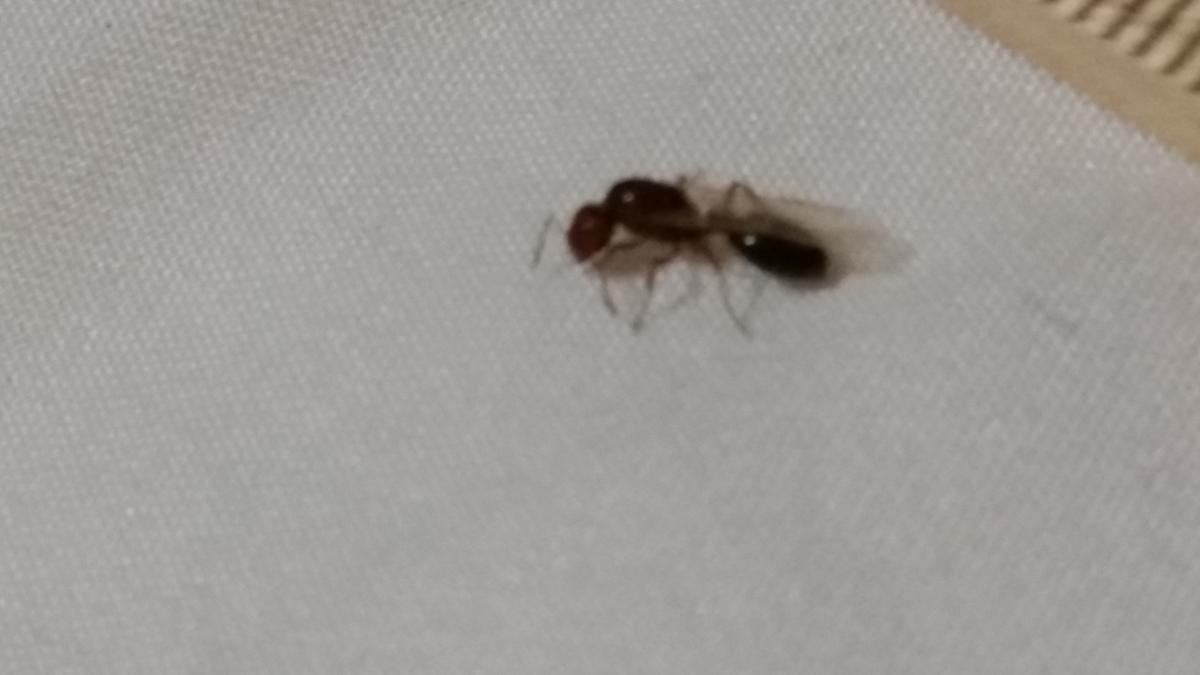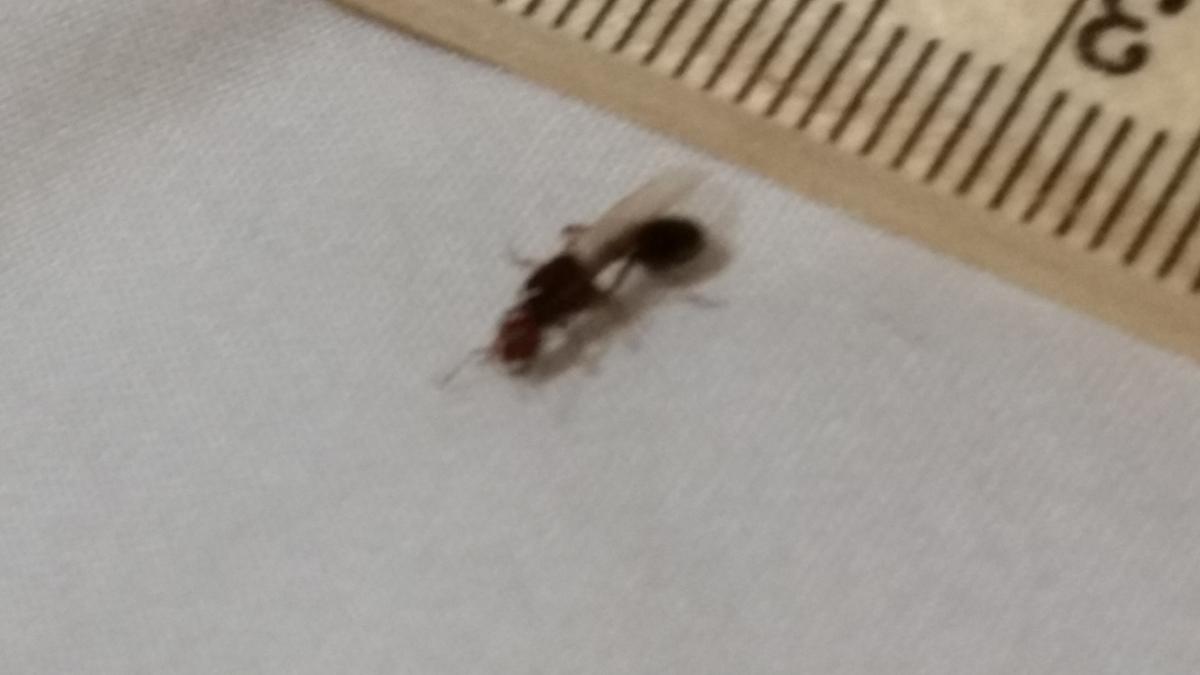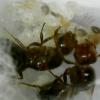2. Date of collection: 9-11-2015
3. Habitat of collection:semi-arid rocky brushland
4. Length (from head to gaster):7mm
5. Color, hue, pattern and texture: dark red to black
6. Distinguishing characteristics:
7. Anything else distinctive:
8. Nest description:
Edited by Kwitzats, September 11 2015 - 7:23 PM.





















